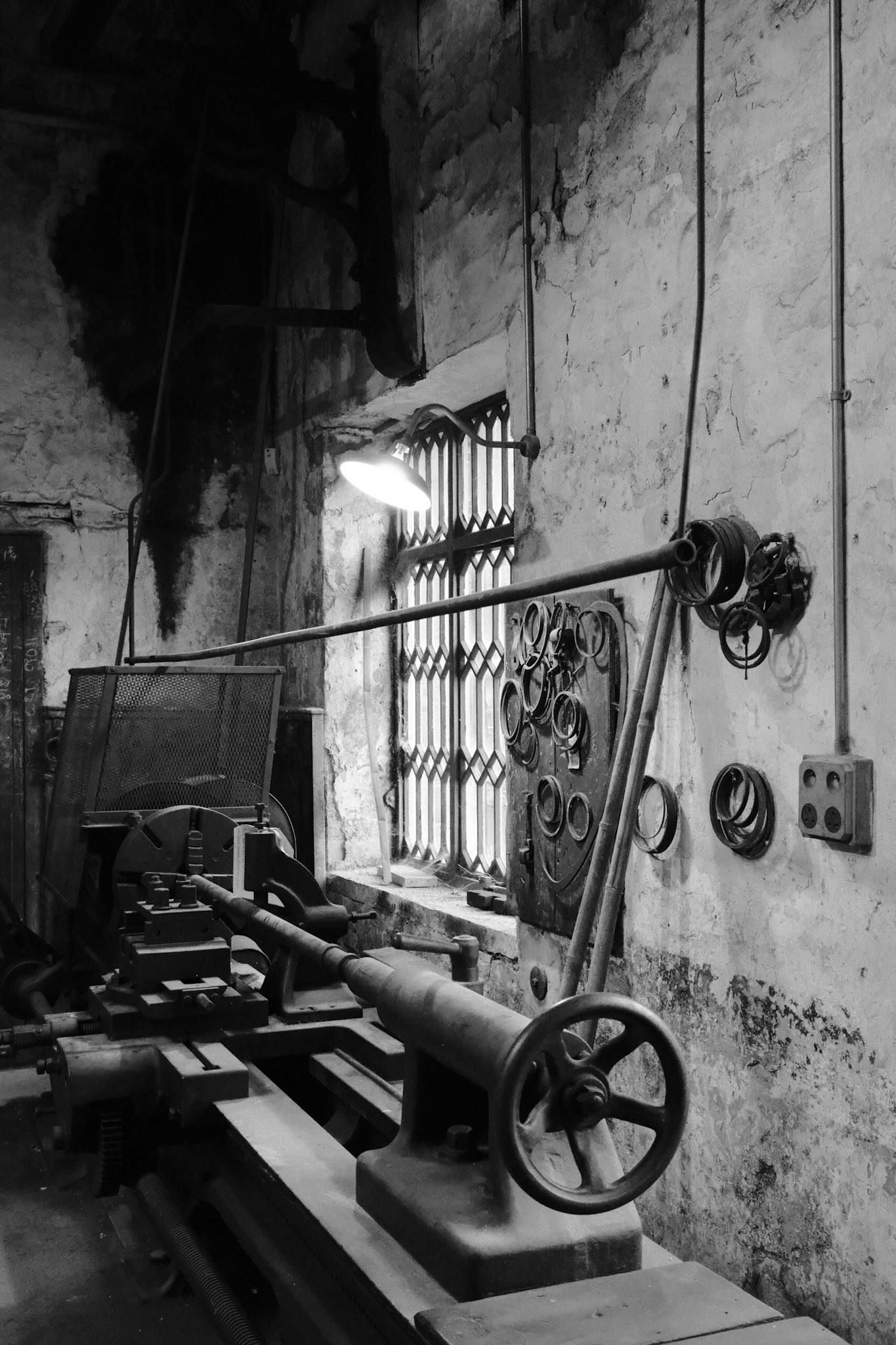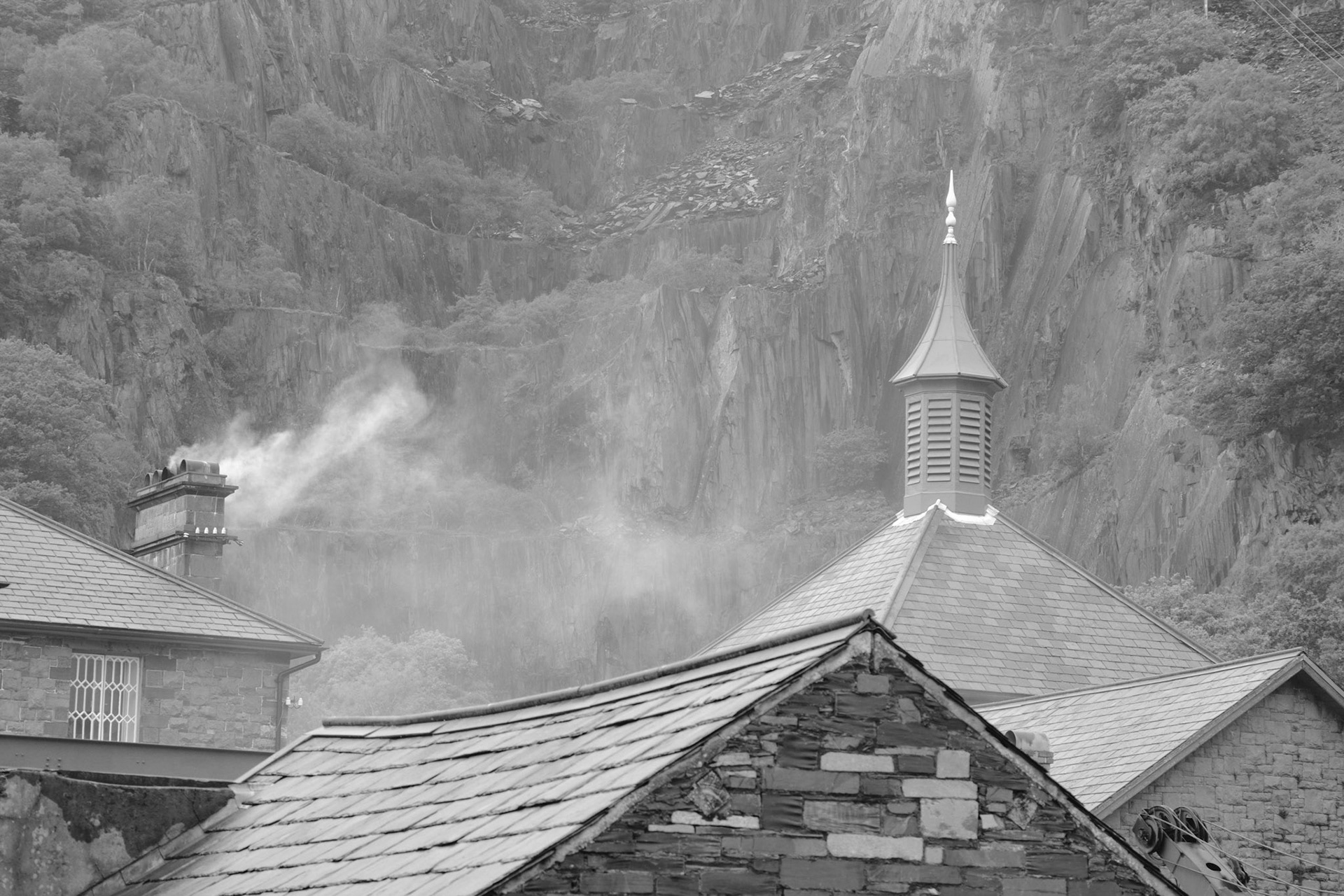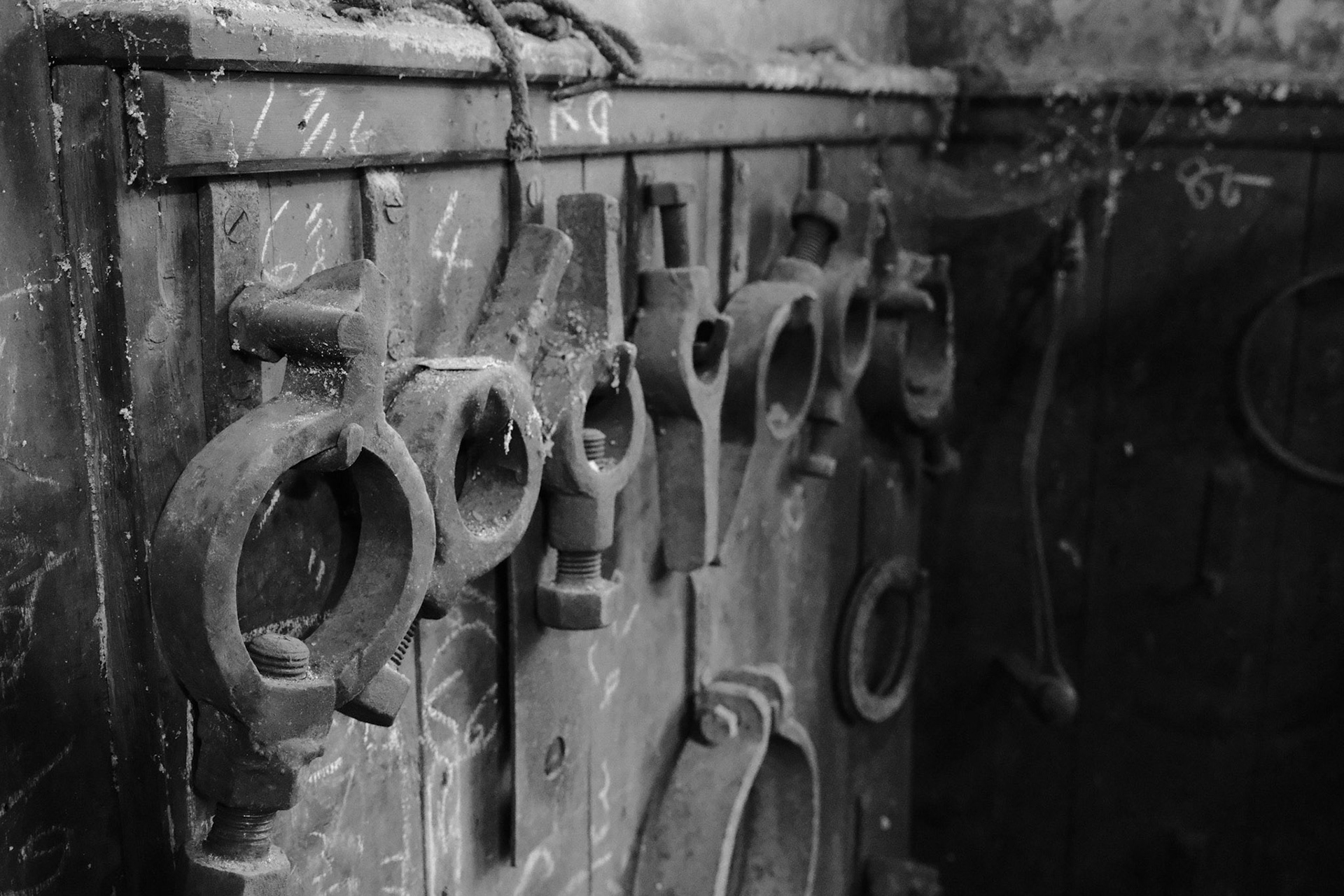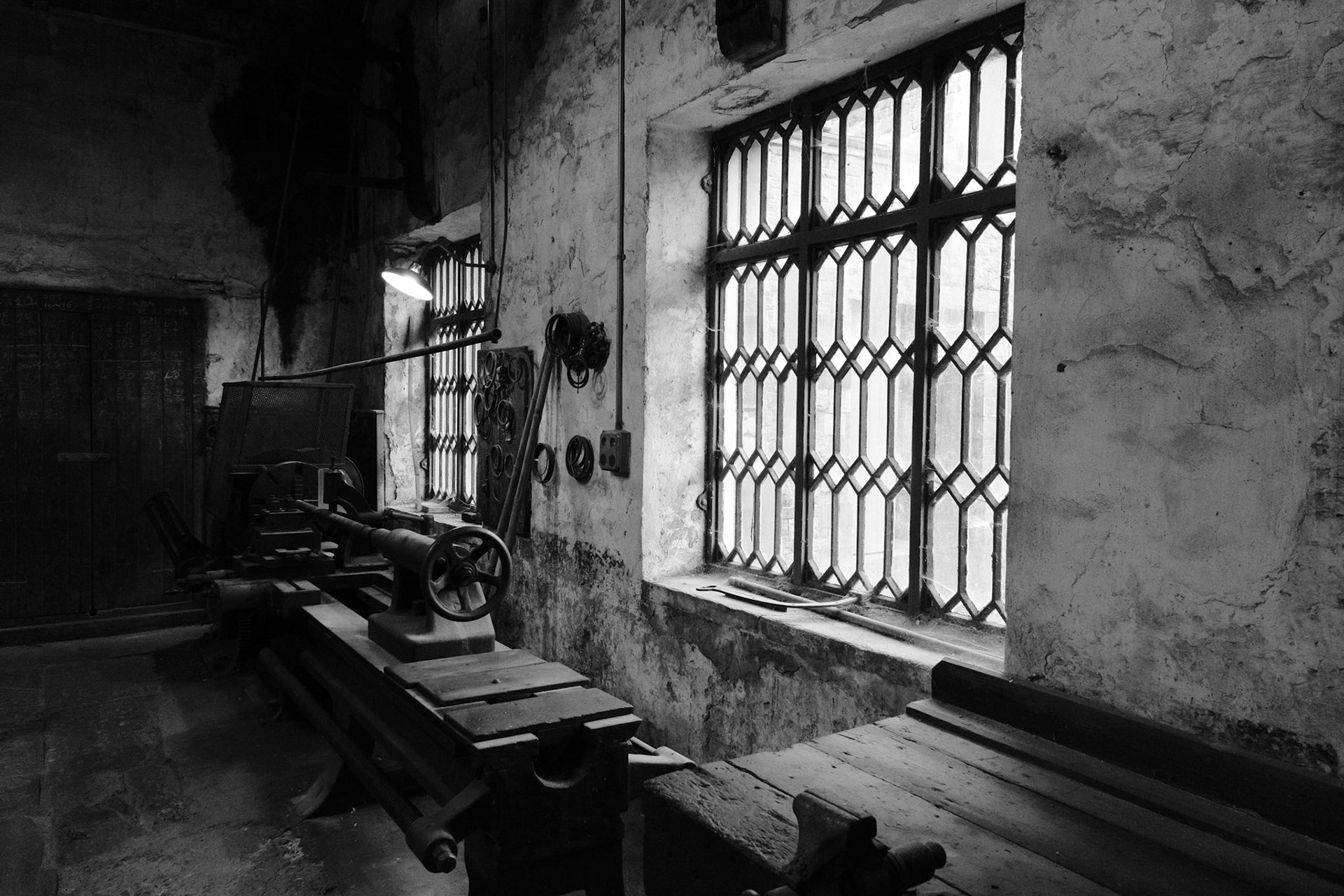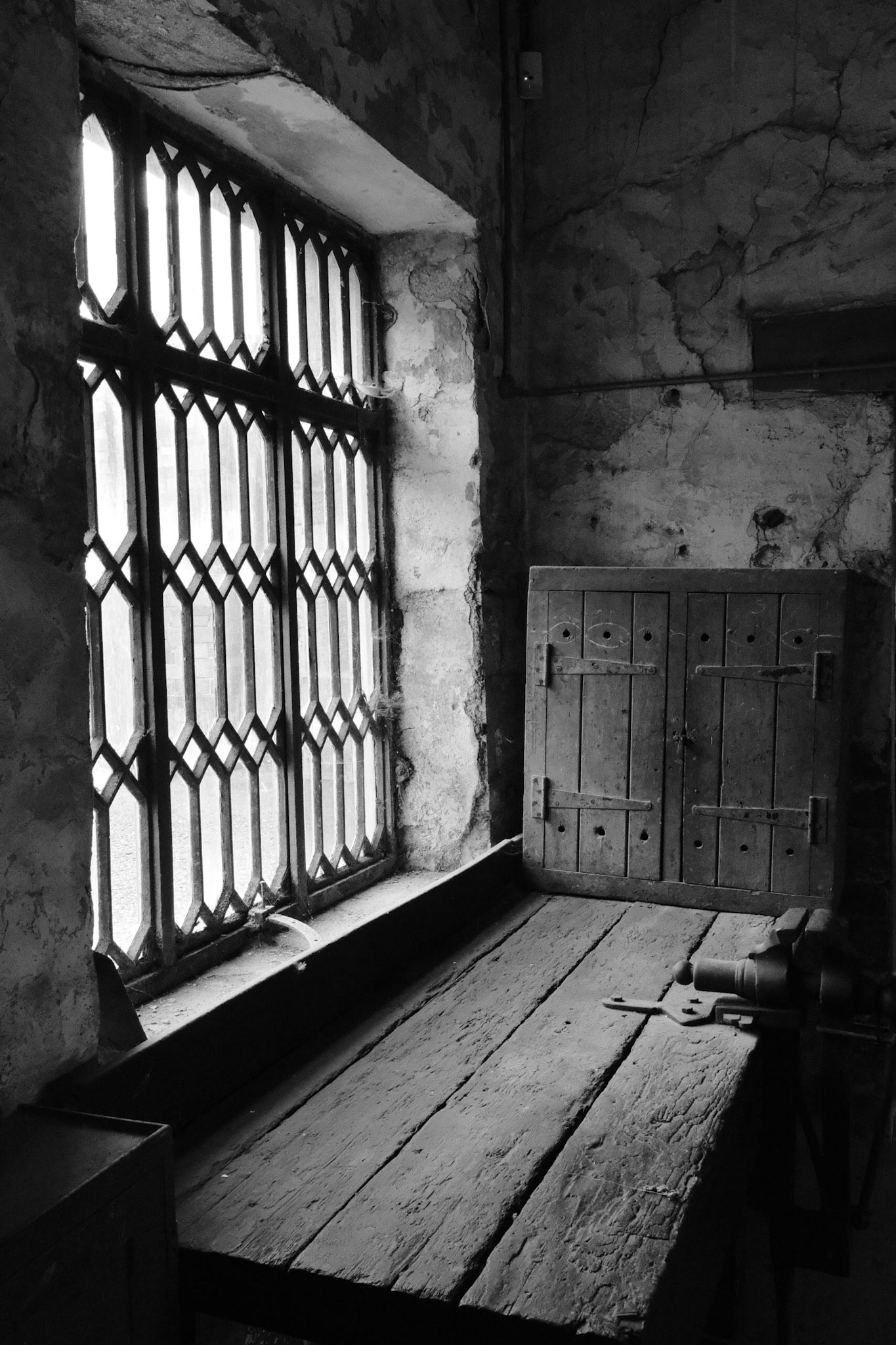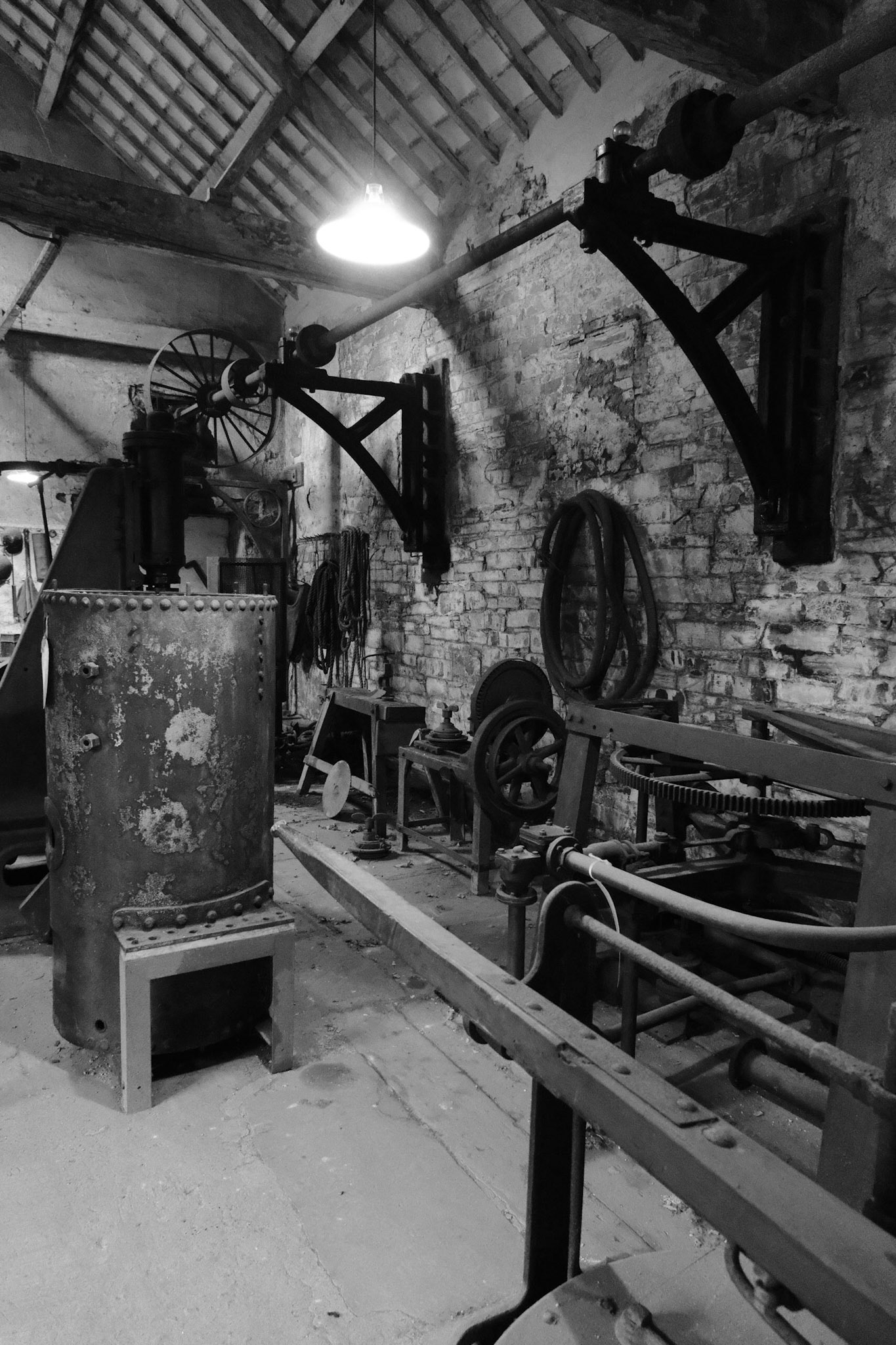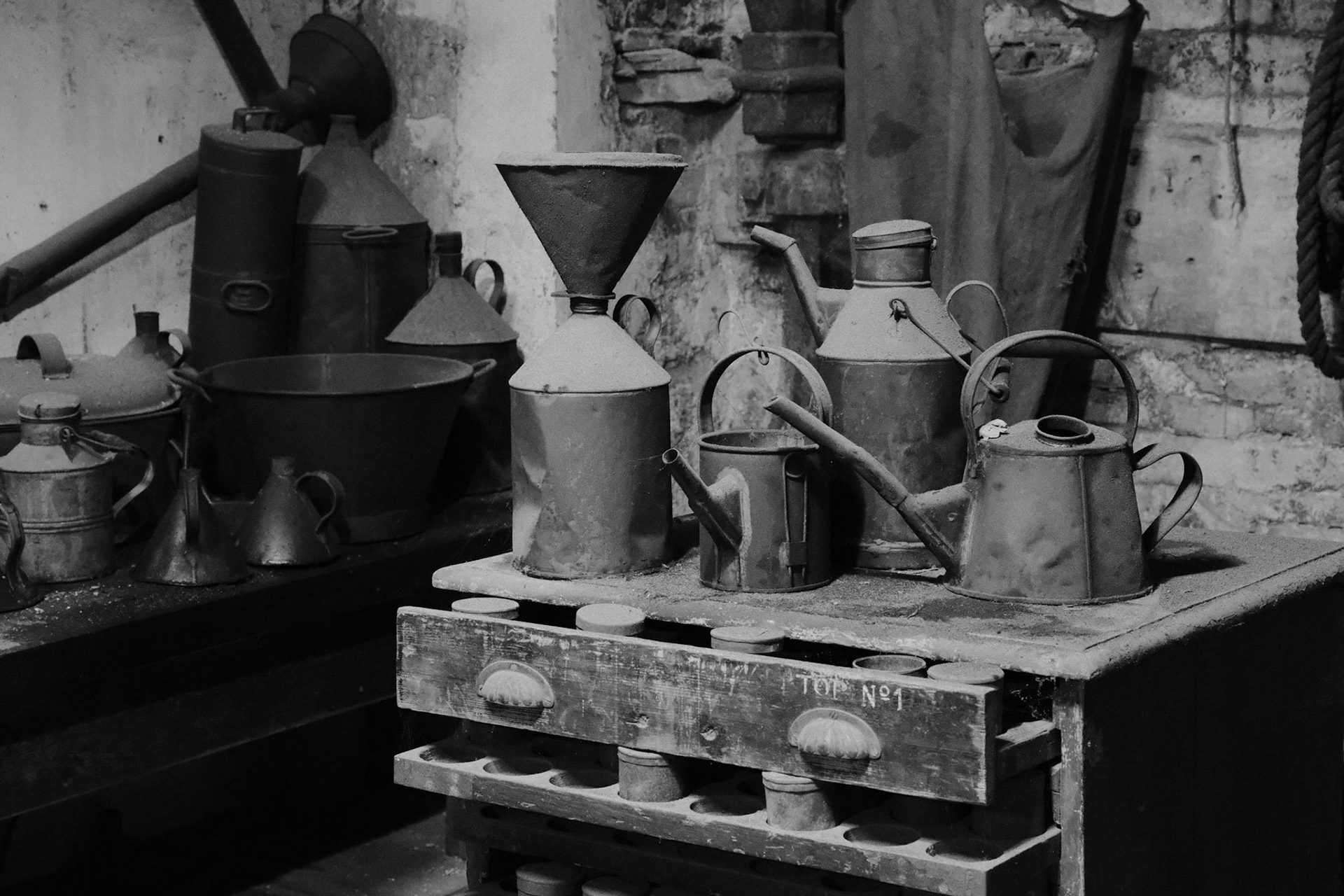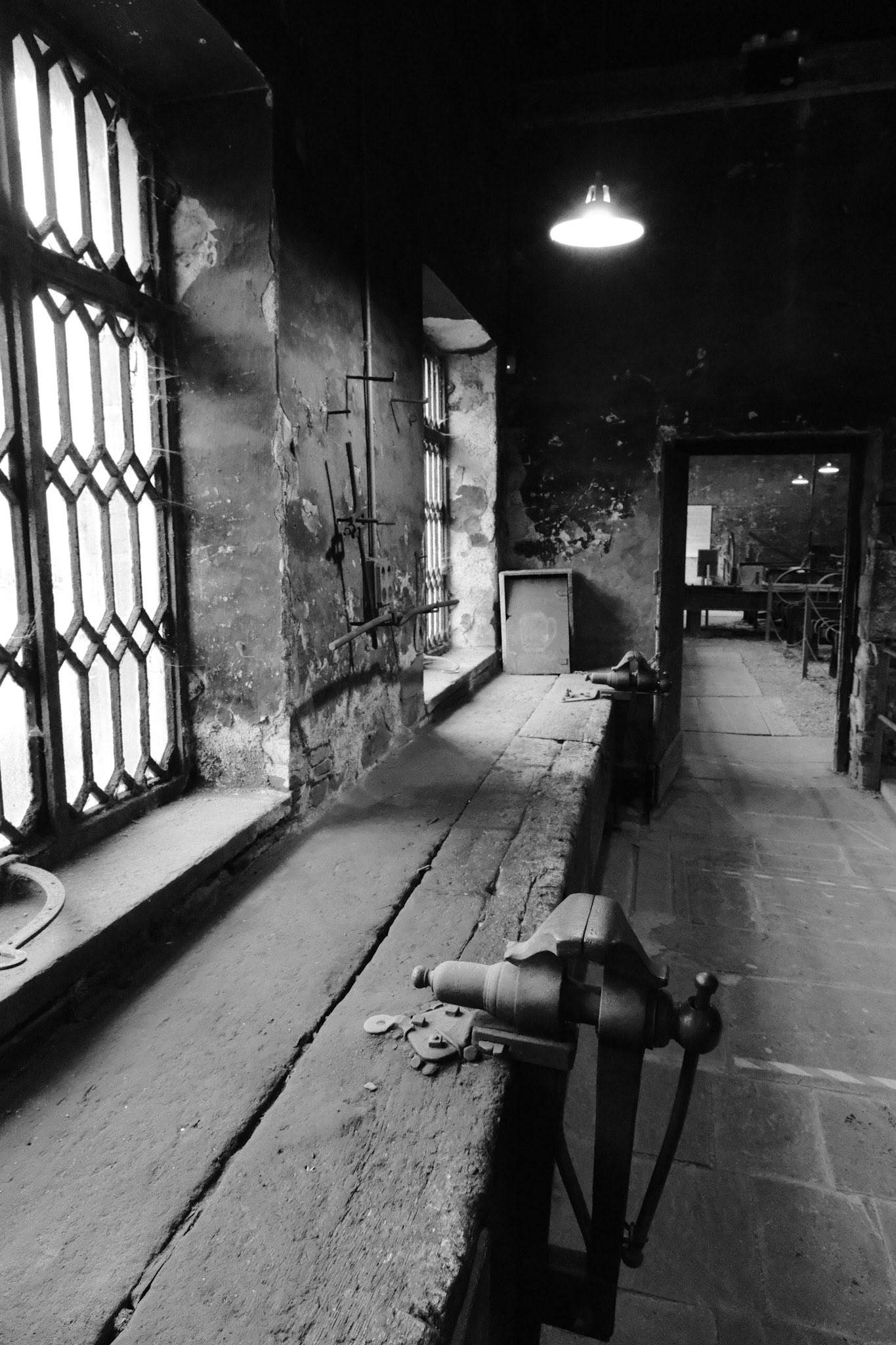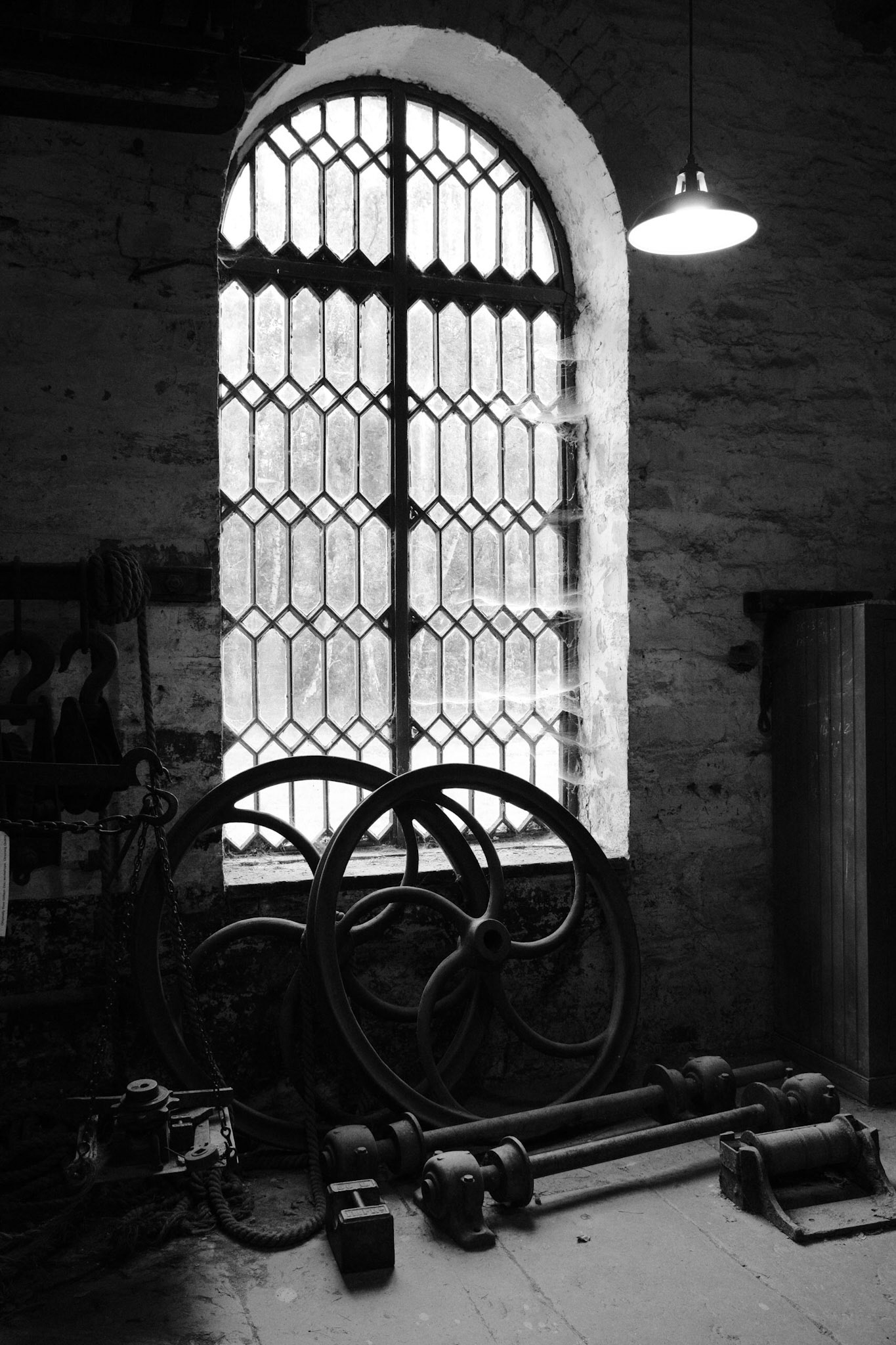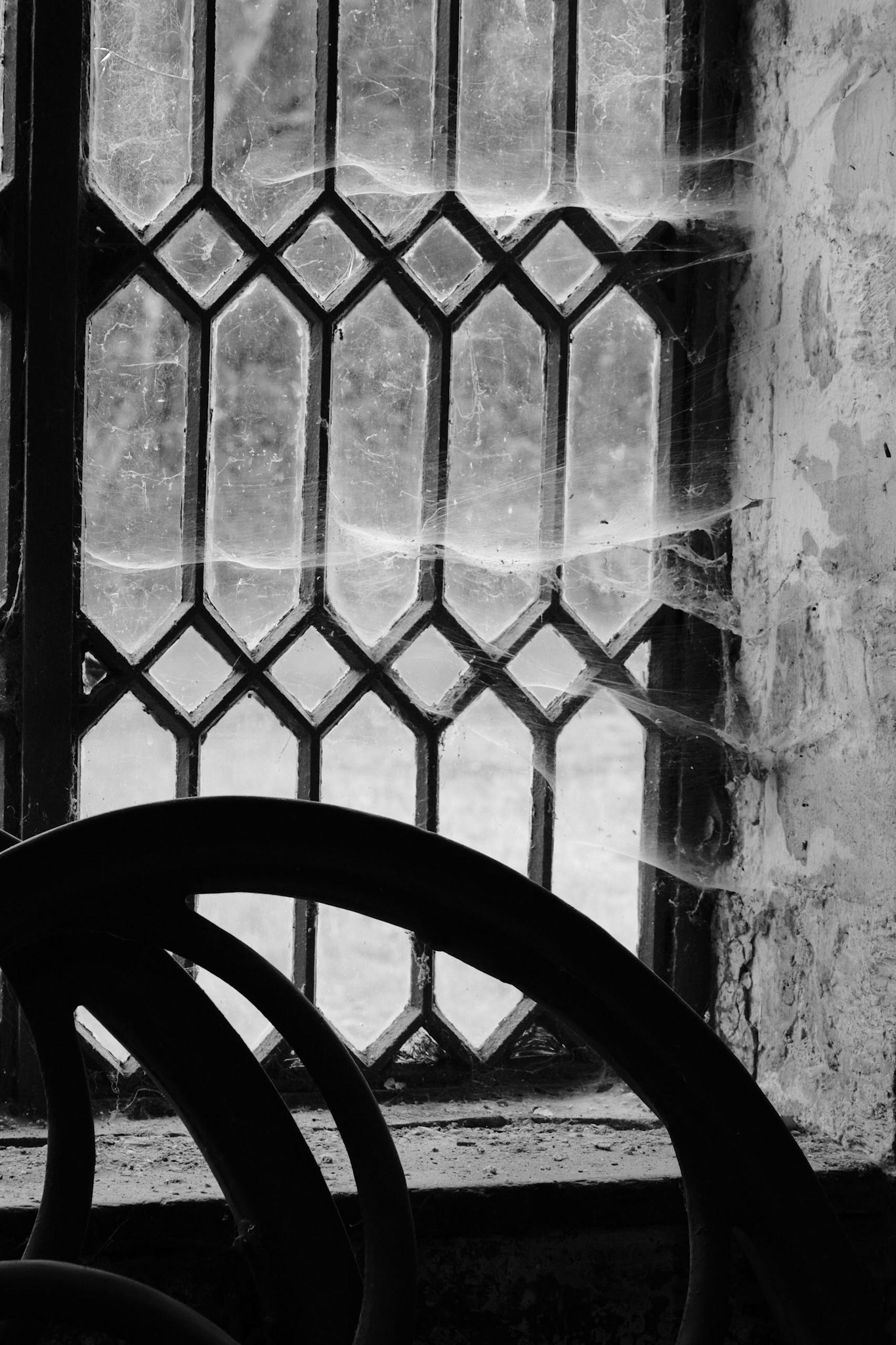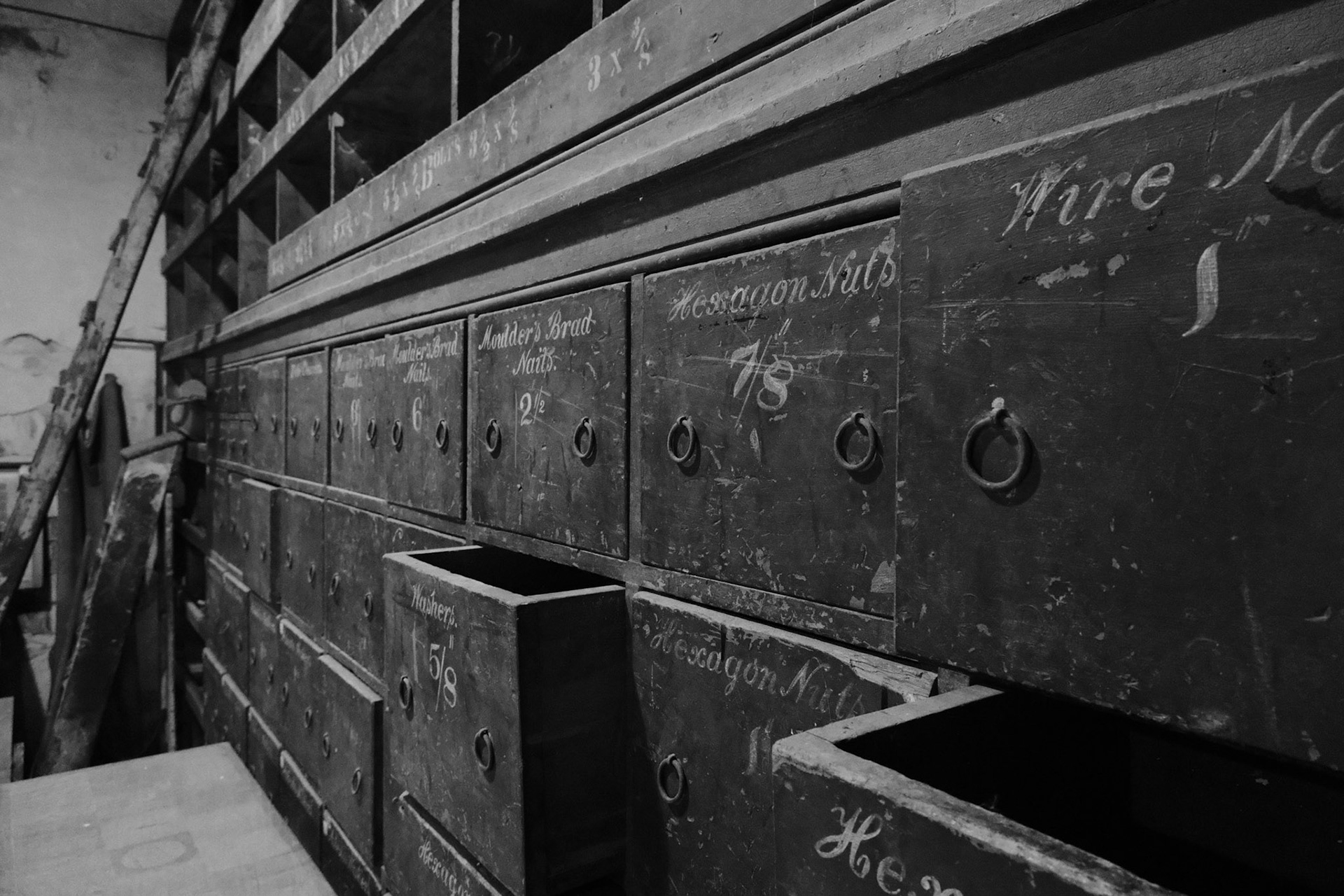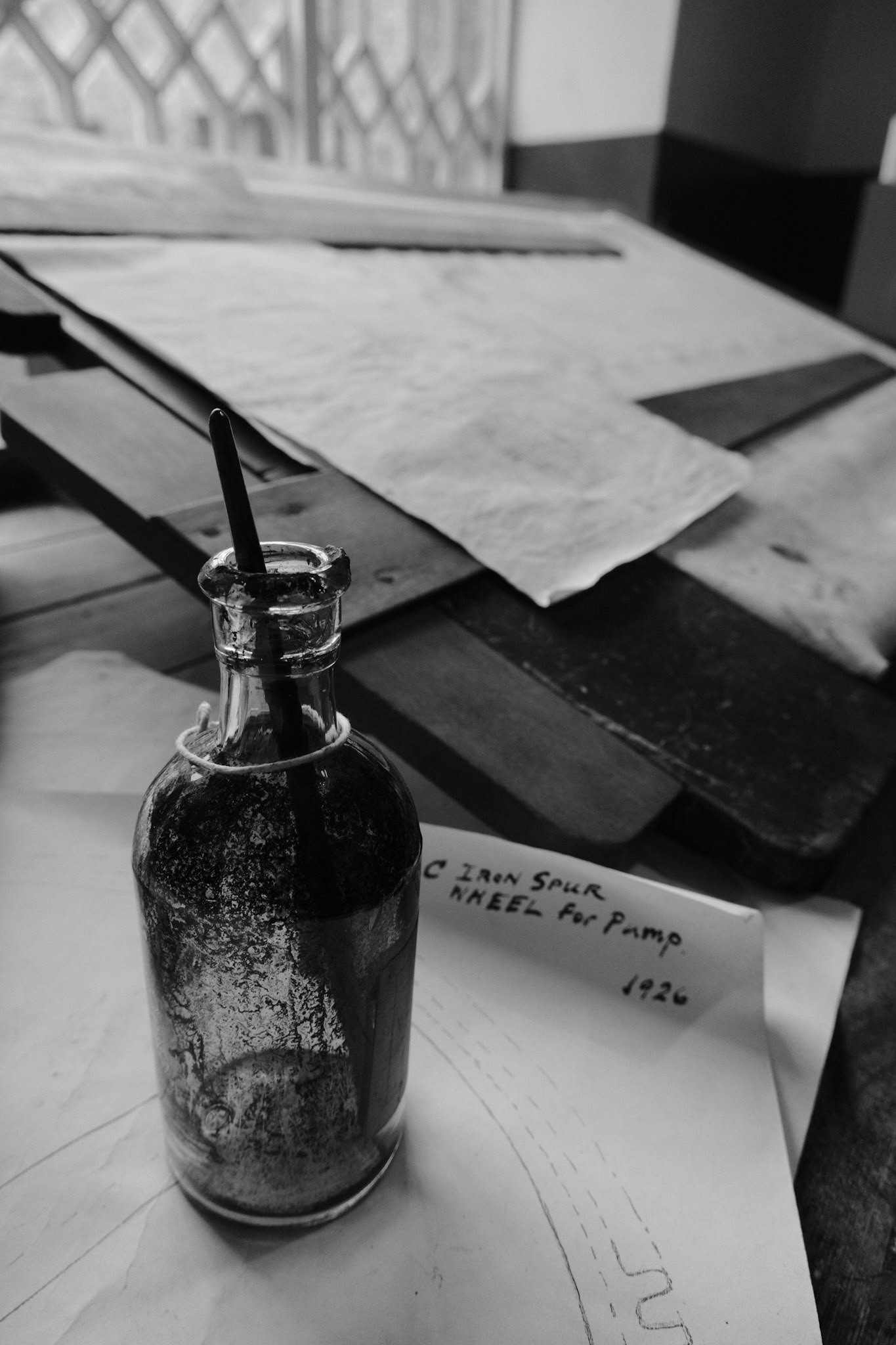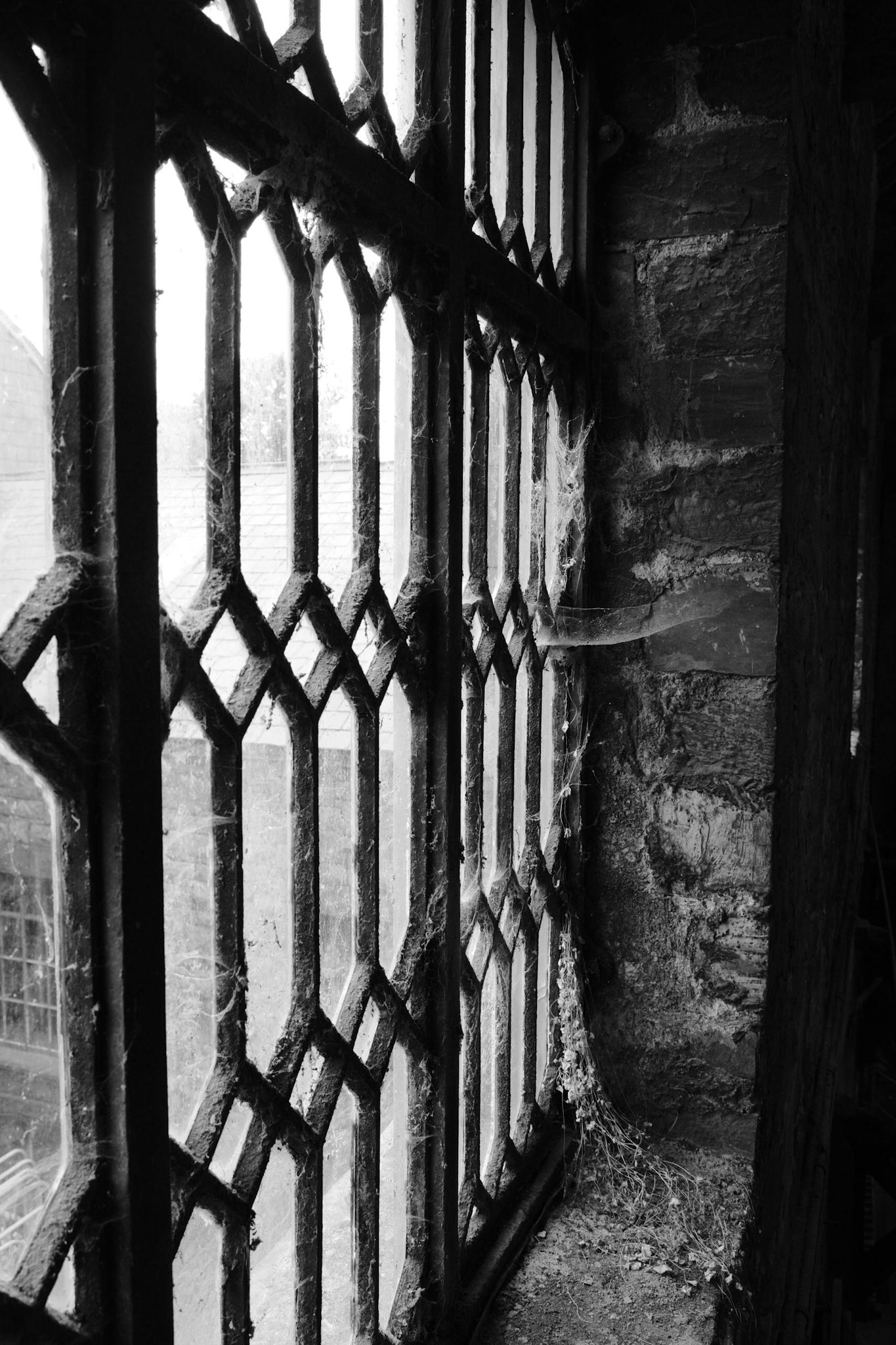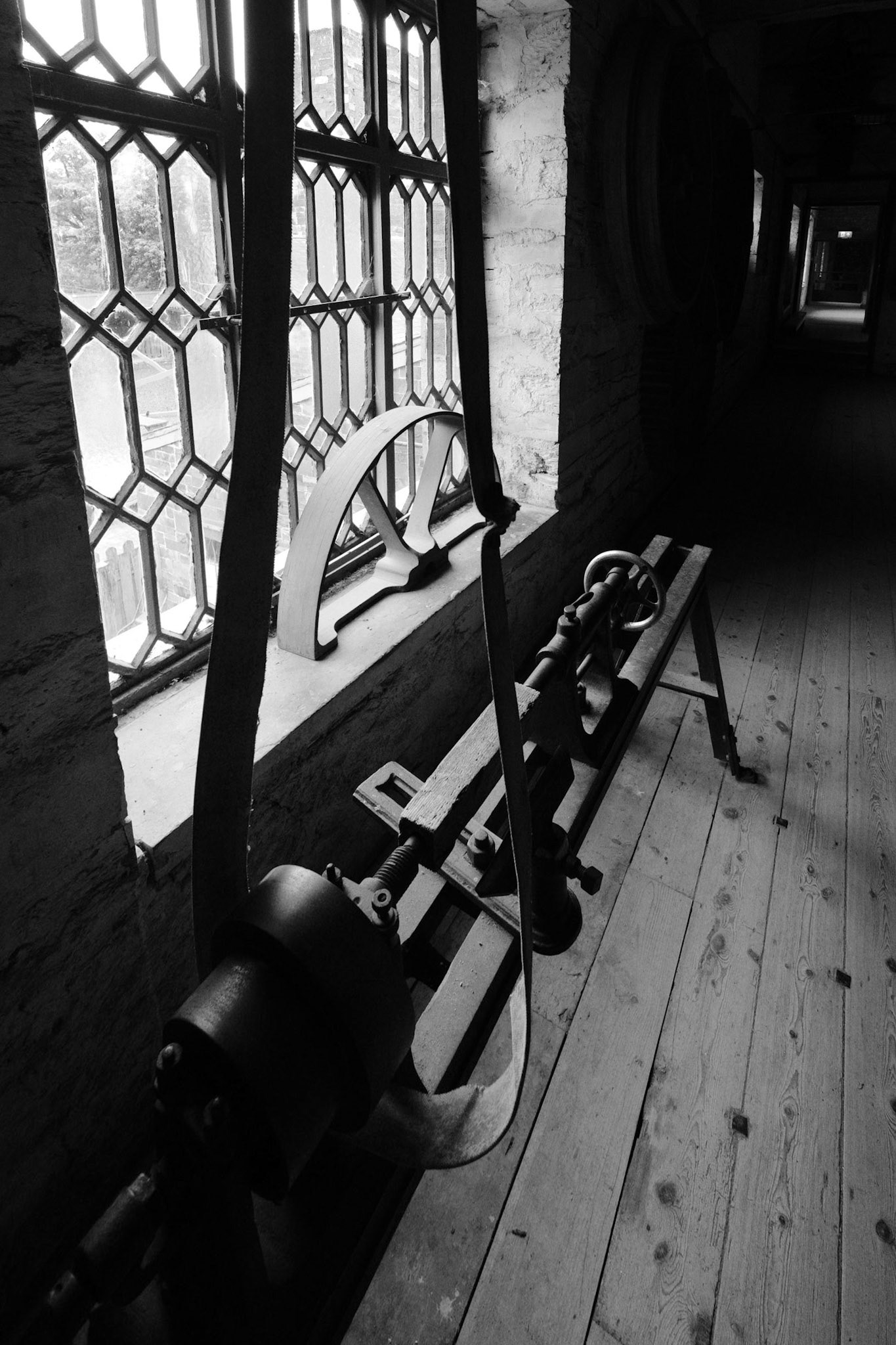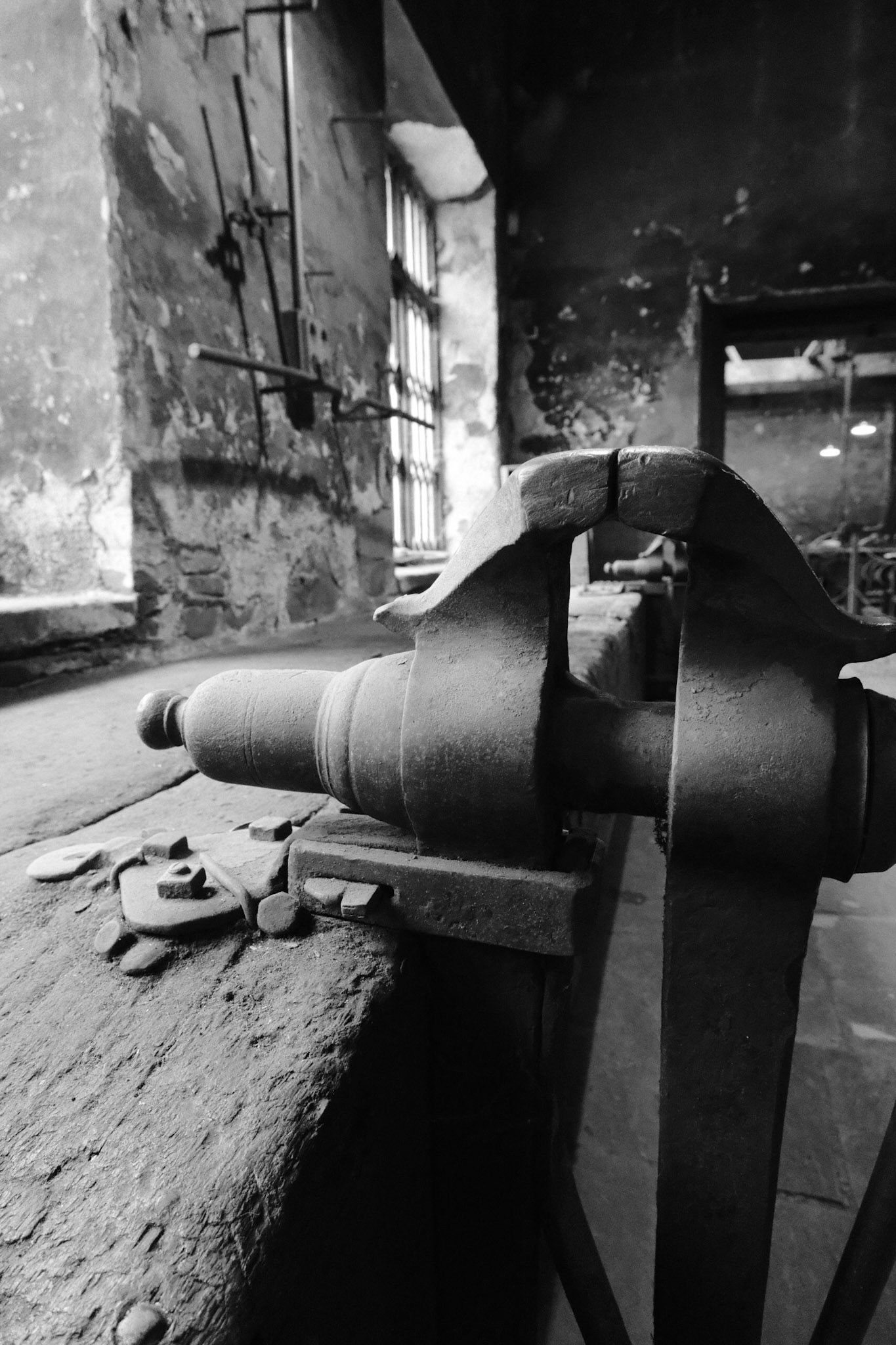Dinorwic Quarry, nestled above the village of Llanberis in North Wales, ceased operation in 1969. But walking through it today, it doesn’t feel abandoned—only paused. The old slate workshops at Gilfach Ddu, now home to the National Slate Museum, have been carefully preserved. And although their purpose has changed, their spirit hasn’t vanished. The place still holds the weight of labour, history, and quiet resilience.
On a wet, grey September afternoon, I visited the site with no real plan beyond seeing what the light might offer. The weather, as it turned out, was perfect. Low clouds clung to the quarry walls, softening the vast slate faces that towered above the museum complex. Rain pattered gently on the stone paths, and the smell of coal smoke from the nearby Llanberis Lake Railway drifted through the air—faint, but unmistakable. It was easy to feel that time had folded in on itself a little.
Inside the workshops, the atmosphere changed again. Here, the world is made of stone and steel. The gothic-style arched windows cast soft, slanted light across iron tools and timber benches worn smooth by decades of use. Dust settled in corners. Machinery rested in silence. But the silence didn’t feel empty. It felt full—of memory, of repetition, of hands that worked these machines day after day. Everything seemed as though it had simply been paused mid-task, as if someone might return at any moment.
This series of black and white photographs came out of that afternoon—an attempt to respond to the textures and tones of a place shaped by time and toil. I was drawn to the contrasts: of light against dark, stillness against the imagined hum of work, softness in the air against the solidity of iron. The decision to work in monochrome came naturally. Colour, on that day, felt like it would only distract from what mattered: the form, the surface, the quiet presence of history.
These images aren’t a document in the strict sense—they’re a meditation on a space where past and present seem to meet in the grain of the floor, the curve of a window, or the shadow cast by an idle wheel. They’re an invitation to slow down, to look carefully, and to feel what remains.
Thanks for taking the time to look.
